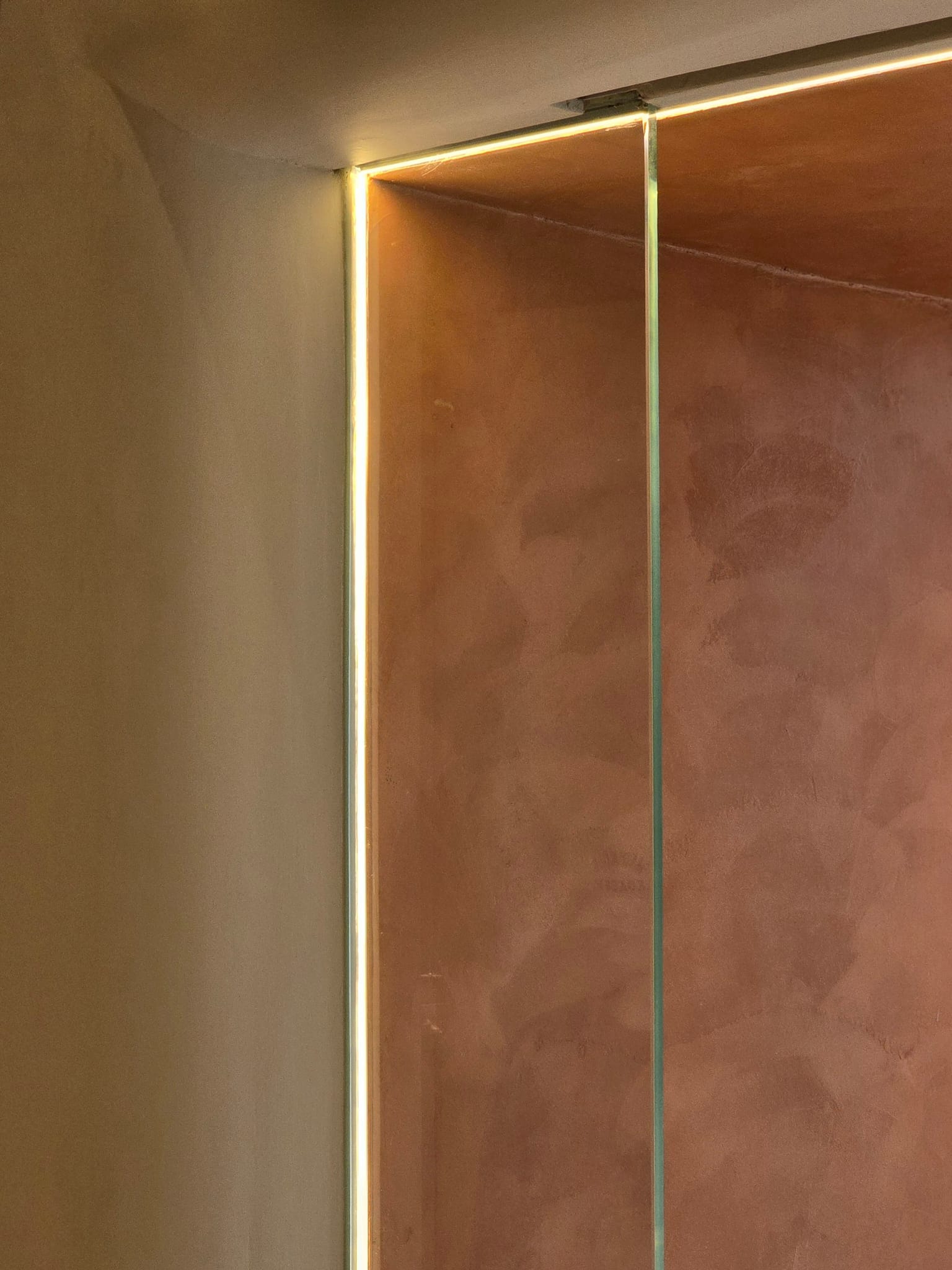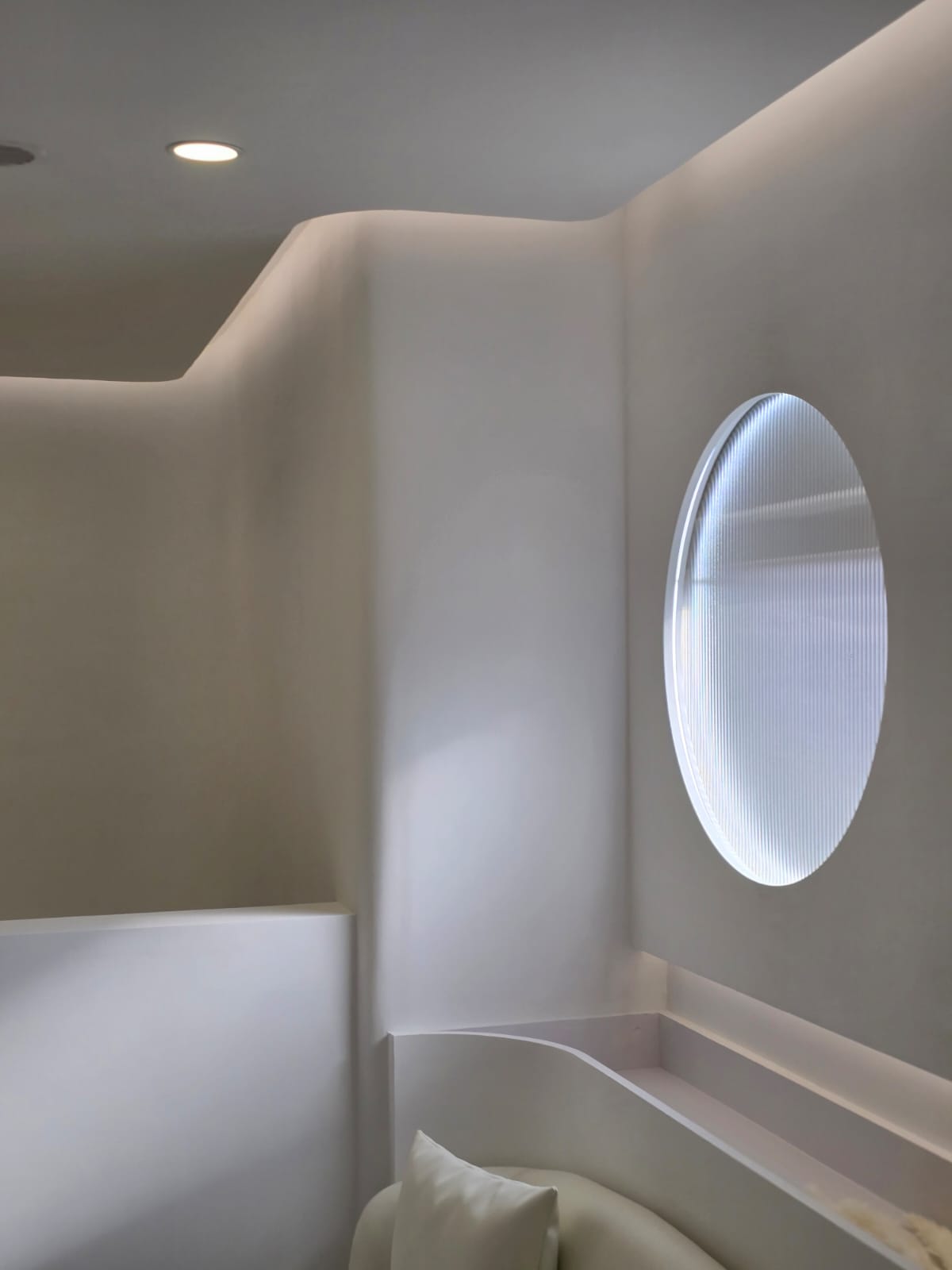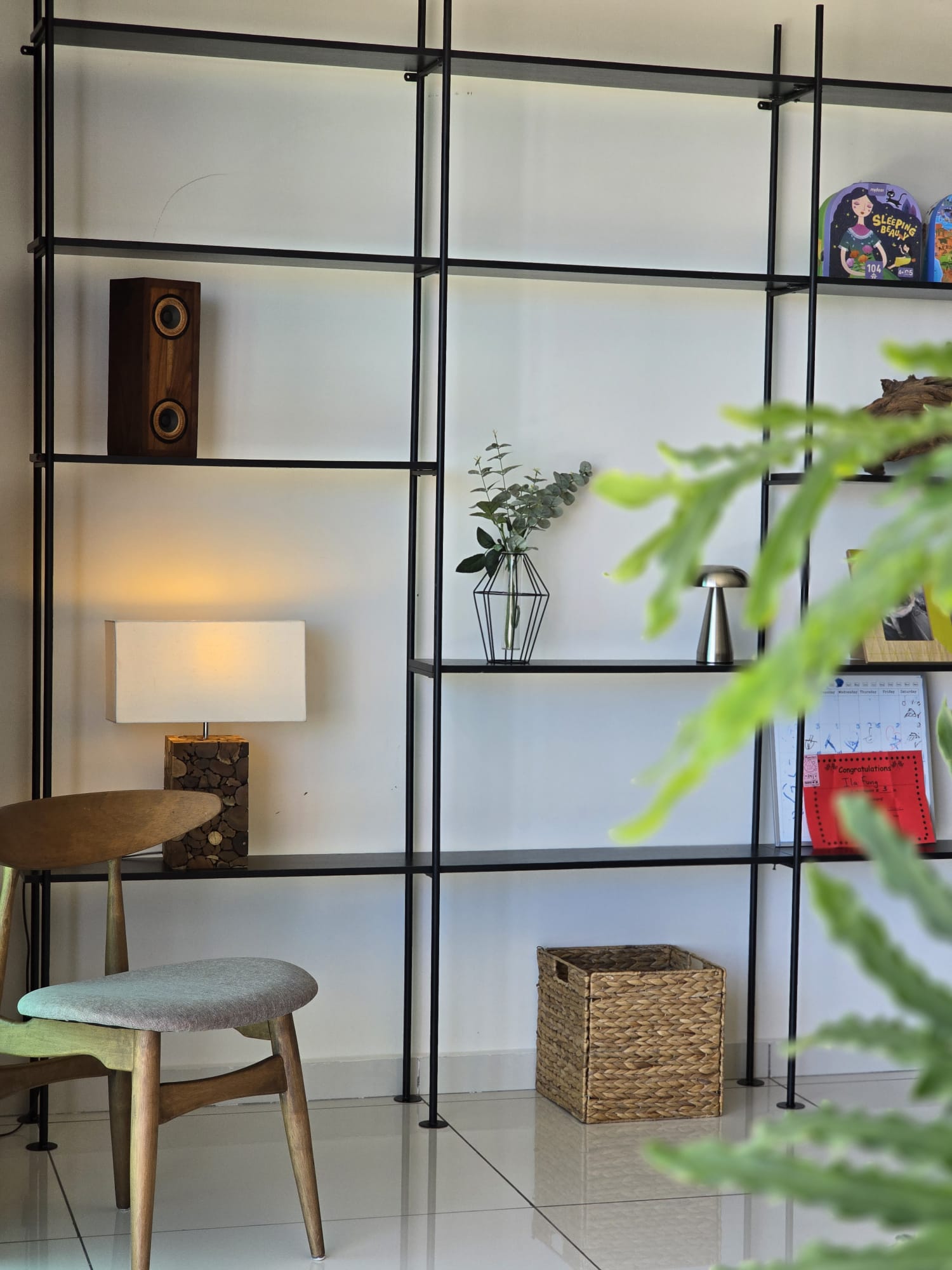
What is I-person E-person? What are the design requirements for the living environment?
Share
What are I-person and E-person? And what about F-person and T-person?
In recent years, the Myers-Briggs Type Indicator (MBTI) personality test has become widely popular. Its core concept is to help people understand their personality types and tendencies through psychological perspectives. While "I" and "E" are often discussed, it turns out there are also "F" and "T" types, all key terms that describe personality styles. Different personality types not only influence people's behavior and communication styles, but also have important implications for life choices, particularly environmental preferences. When designing a personal space, our personality directly influences the feeling we desire. Some people prefer quiet, introverted corners; others prefer an open, lively atmosphere; some require rational functional divisions; others want a space that allows them to express their emotions. Therefore, understanding the synergy between personality and environment can help us better tailor the design of our homes or workspaces to our specific needs, creating a truly comfortable and enjoyable living environment. This article analyzes the interior design styles that best suit the four personality types: I (introvert), E (extrovert), F (emotional), and T (rational). We hope you can also create your own unique living space based on your personality.
I person (introvert personality)
I people, or Introverts, are people who are accustomed to recovering energy from solitude. I people prefer to think and deal with problems in a static way. They value quality communication and deep dialogue more than noisy communication. Individuals with I-type tend to be more sensitive to external stimuli and easily become depressed or exhausted when faced with constant social activities, noisy environments, or high-intensity interactions. Rather than constantly talking or actively expressing themselves, they tend to be more observant and listening, with a rich inner world. They value contextual atmosphere and personal space. They generally enjoy activities that require concentration and depth, such as reading, writing, music, and design, and prefer a pace of life that allows for long periods of quiet reflection. For individuals with I-type, interior spaces should provide a tranquil and stable atmosphere to support their thinking, creativity, and self-sufficiency. Therefore, the most suitable styles are simplicity, minimalism, or Nordic naturalism. These styles emphasize clean lines, soft tones, ample storage space, and white space, providing both visual and psychological relaxation. In the study, a window corner with a reading chair, scented candles, or plants can be placed to create a tranquil and inspiring space. When this space becomes a place where thoughts flow freely and allows for a peaceful and quiet time, it becomes a haven for individuals with I-type traits to heal themselves.
E person (extrovert personality)
Extroverts, or extroverts, derive energy from external interactions. They typically possess a strong social drive and thrive in both teamwork and social gatherings. They enjoy stimulating, lively environments, are eager to explore new things, and speak directly and without hesitation. They prefer to spend time alone, often interacting with friends and feeling connected and energized in shared spaces. Extroverts seek spaces that foster adventure, collaboration, expression, and transformation. Therefore, they favor open floor plans, dynamic elements, and multifunctional furniture. For example, they blend industrial and modern styles, using bright colors, bold artwork, and flexible partitions to create spaces that are both practical and engaging. For example, a wall-less living room and dining room connected by an adjustable sound system facilitates parties and socializing while allowing for quick transitions from relaxing to active activities, keeping them constantly energized and focused. For them, home is more than just a place to rest; it is a stage for expressing their individuality and the energy of gathering.
F person (feeling personality)
F people, or Feeling types, judge based on feelings rather than cold logic and are prone to emotional overreaction. They empathize, pursue harmony, and value relationships. They always consider others' feelings and are flexible and sensitive in their choices. F people live in the shadows of emotions and are sensitive and attentive to people, places, colors, and music. For F people, the ideal space must be one that can evoke emotions, heal the soul, and convey warmth. Over practicality, F people prioritize spaces that convey care and personal stories. Therefore, they favor design styles that exude nostalgia and allow for personal décor, such as the gentle Japanese style or rustic eclecticism. Their rooms may be filled with travel souvenirs, family photos, and childhood items—all symbols that connect memories and emotions. Decorate with natural materials like wood, cotton, linen, and rattan. Wall hangings with quotes, warm cardboard, or dried flowers allow F people to find meaning and tenderness in their daily lives. Lighting also emphasizes layering and warmth, such as light strips, night lights or candlesticks, to imitate the sunset or morning light, creating a spiritual corner where one can express oneself, calm down, and have a dialogue with oneself. In short, there must be a "feel".
T person (rational personality)
T people, or thinking types, prioritize logic over emotion. When faced with choices or problems, they tend to use analysis, comparison, and reasoning to make decisions. They value efficiency, precision, and objectivity, embracing systematic thinking and finding it difficult to resonate with ambiguity or emotionality. They prioritize optimal functionality, efficient circulation, and centralized storage, even incorporating technology to streamline daily life. Consequently, their design style tends to blend pragmatism with modernism. Minimalist industrial styles and modern black-and-white-and-gray styles are well-suited to T people. They avoid overly decorative elements and instead emphasize texture, smooth flow, and clear divisions. Whether it's a work surface, a computer desk, or a kitchen, they all adhere to optimal design logic. For example, lighting angles enhance concentration, multiple outlets facilitate device connectivity, and drawer systems provide clear organization and inventory. T people may not prioritize warmth, but they understand that every inch should be used. Orderliness creates comfort.

MBTI 16 personality types
I, E, F, and T are the most commonly heard in MBTI, and there are also S, N, J, and P. Each of the 16 personality types is composed of 4 English letters, as follows:
ISTJ, ISFJ, INFJ, INTJ, ISTP, ISFP, INFP, INTP, ESTP, ESFP, ENFP, ENTP, ESTJ, ESFJ, ENFJ, ENTJ
1. E/I: Extraversion/Introversion
(Extrovert/Introvert) → Direction of gaining energy
- E: Gain energy by spending time with others
- I: Get energy from being alone
2. S/N: Sensing/iNtuition
(Sensory/Intuition) → How to receive information
- S: Practical, detail-oriented
- N: Abstract, see the big picture
3. T/F: Thinking/Feeling
(Rational/Emotional) → How to make decisions
- T: Value logic and fairness
- F: Emphasis on emotion and empathy
4. J/P:Judging/Perceiving
(Planning/Flexibility) → Ways of doing things
- J: Have a plan and follow the plan
- P: Flexible and adaptable, depending on your mood
MBTI Test:
If you want to know which personality type you belong to, you can take the MBTI test here .
Interior design style is related to living quality
The 16 personality types aren't just a collection of English symbols; they tell us about how we experience and interact with the world. By understanding our personality types, we can not only forge our ideal work and lifestyle, but also respond to our inner needs through spatial design. I types seek quiet solitude, E types crave spaces for sharing and connection, F types explore spaces for emotional projection, and T types pursue zones of organization and efficiency. When space and personality resonate, life transcends mere form; it embraces a truly personal rhythm and emotional warmth. This is the result that Design House HK 's interior design services strive for.






